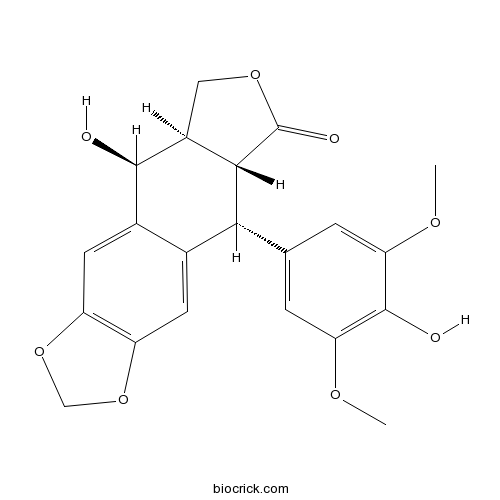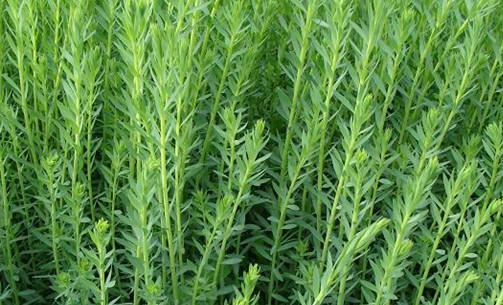Linum usitatissimum L.
Linum usitatissimum L.
Flax is native to the region extending from the eastern Mediterranean to India and was probably first domesticated in the Fertile Crescent. Flax was extensively cultivated in ancient Ethiopia and ancient Egypt. New Zealand flax is not related to flax but was named after it. Considered anodyne, astringent, cyanogenctic, demulcent, diuretic, emollient, expectorant, laxative, suppurative and vulnerary, Linum finds its way into folk remedies for boils, bronchitis, burns, cancer, carbuncles, cold, conjunctivitis, corns, coughs, diarrhea, gonorrhea, gout, inflammation, intoxication, labor, rheumatism, scalds, sclerosis, sores, spasms, swellings, tumor. Flax are rich in omega-3 fatty acids and valuable antioxidants derived from the terpenoid pathways including carotenoids, tocochromanols and sterols. Many of those components have been recently shown to positively influence human health. Five trace compounds were isolated and identified as 3-methyl-2, 5-pyrrolidinedione-5-oxime, hypoxanthine, nonanedioic acid-1,9, and the mixture of isoleucine and leucine.
Products from Linum usitatissimum L.
- Cat.No. Product Name CAS Number COA
-
BCN1212
Secoisolariciresinol Diglucoside 148244-82-0
PDF
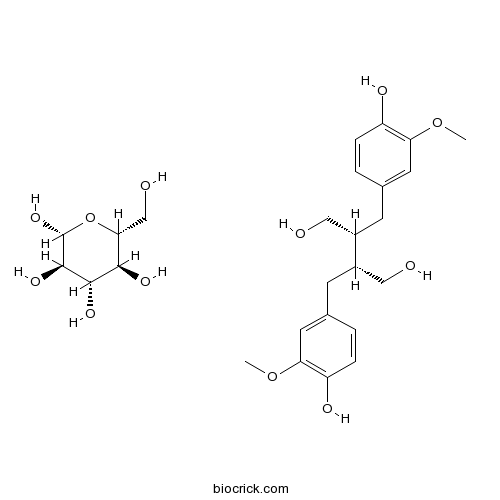
-
BCN1206
Palmitic acid 57-10-3
PDF
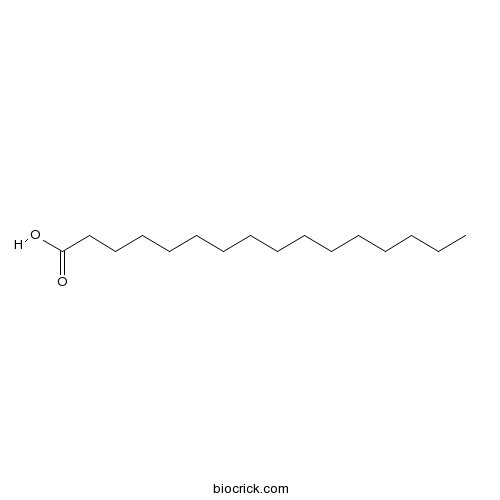
-
BCN4376
Stigmasterol 83-48-7
PDF
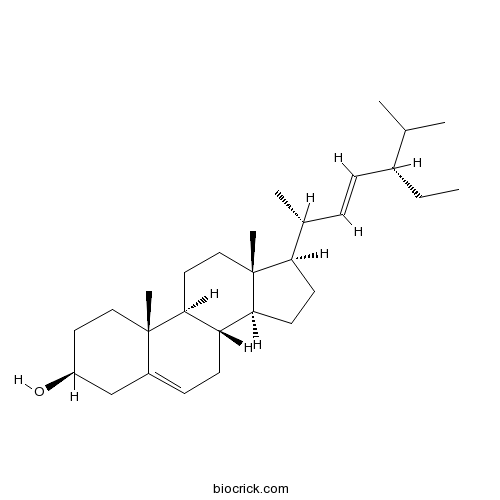
-
BCN1015
Beta-Sitosterol 83-46-5
PDF
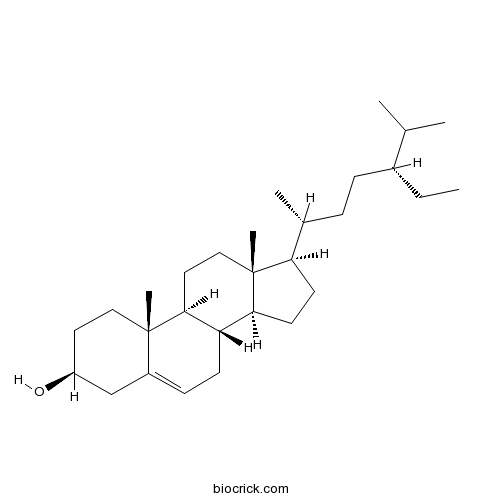
-
BCN5918
4'-Demethylepipodophyllotoxin 6559-91-7
PDF
